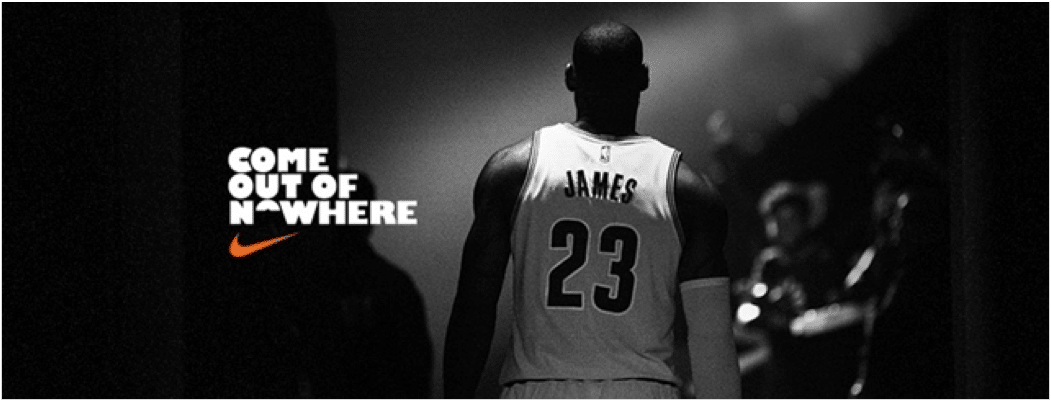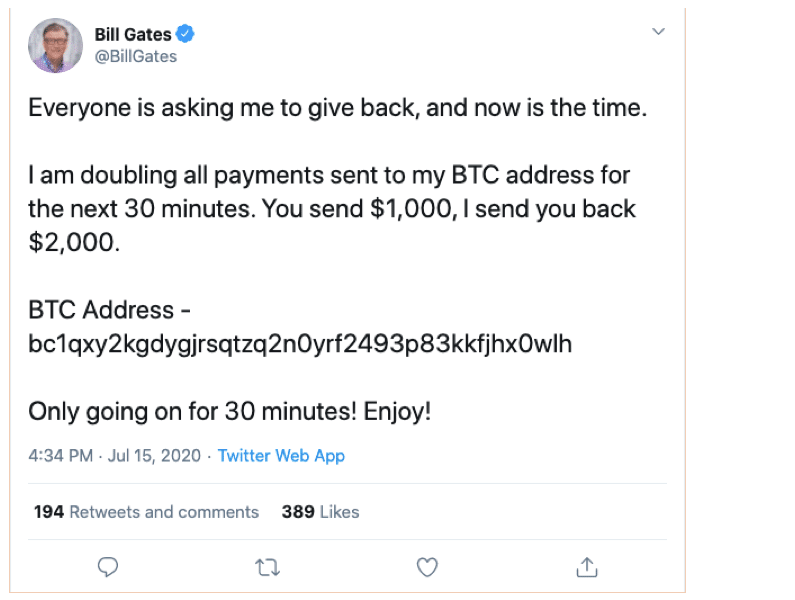Although we’re the most intelligent species on the planet, we’re also surprisingly susceptible to many schemes that target our baser instincts such as greed and fear.
When it comes to marketing, there are a lot of dos and don’ts when it comes to using these psychological tactics. But when it comes to scamming, the line is often blurred.
What separates marketing from scamming is intent. With marketing, the goal is to inform or persuade someone to take action based on things that are relevant to their needs. With scamming, the intent is solely to take advantage of someone and get them to give them something for nothing.
Let’s dive into five psychological and emotional triggers that are used in the wrong (and right) way.
1. Laziness and our love for shortcuts
Everyone wants to save time. We all want the quickest route to take us where we want to go, whether it’s buying something, gaining knowledge, or achieving our goals.
Scammers understand this and take advantage of people’s willingness to cut corners. They make offers that sound too good to be true, or they promise a payoff that is way beyond what’s reasonable. Some of these schemes are designed to capitalize on that want, promising miraculous results with little effort or money required.
Marketers, on the other hand, want you to take the shortest route to get what you want— but it’s based on something relevant.
Here are some examples.
-
Scammers
They know most people want to get rich quickly, without breaking a sweat. So they push false get-rich-quick schemes through false giveaways and pyramid schemes. They might claim that you can make money by watching videos on YouTube. Or, with only a $100 investment, your money will triple in a week.
In 2020, scammers hacked into Bill Gates’ Twitter account. They posted tweets asking people to send them bitcoin and they would double the returns. However, the bitcoin addresses where people were to send money belonged to the scammers. Many sent bitcoin before the tweets were taken down.
Source: Twitter. The tweet has since been deleted.
-
Marketers
Marketers exploit our love for shortcuts through user experience optimization tactics. For instance, when people use digital wallets, they buy more because they don’t have to fill in their credit card details.
When a checkout process involves credit cards, conversions are lower by 2.4 percent. Purchases are at 23 percent lesser frequency when compared to non-card digital payments. This info is from an analysis of Alipay customers and is published on the University of Illinois’ website.
So marketers increasingly push us to use digital wallets. They sweeten the deal with incentives such as loyalty points.
Do:
- Create smooth and intuitive online processes so it becomes easier to make purchases;
- Educate prospects on how to optimally use your platforms and services;
- Offer incentives that are relevant to the customer and increase loyalty
Don’t:
- Hide key information in fine print just because customers seldom read everything;
- Promote false shortcuts or schemes that require little effort from customers
2. The desire to belong and be better
One of the most basic human needs is to feel a sense of belonging and to be better. More often than not – we desire to belong to a class of people that we perceive as more accomplished or happy and become more like that ourselves.
Both scammers and marketers take advantage of this desire by creating an identity for their product or service. They use images and language that are associated with success, fulfillment, and happiness to make you want what they’re offering.
But of course – there’s the right and wrong way to go about this.
-
Scammers
Scammers may ask people to join fishy organizations that operate like pyramid schemes, or other crypto scams. They’ll often have a photo of a famous person and attribute a false quote to them – making it seem like an endorsement.
They expose vulnerabilities, the desire to be part of a community, and sell unrealistic dreams.
-
Marketers
Marketers also use endorsements that are associated with success to create desire.
As an example, Nike often gets the most famous athletes to be their brand ambassadors, with photos and endorsements to reinforce their identity as a company that produces products worn by top athletes.
Here’s an ad with LeBron James.
Source: Nike.com
The difference, however, is that Nike actually produces products that perform, that are used by athletes, and support people in achieving their desires.
Do:
- Ensure the products/services reasonably work as promised or yield expected results
- Let the celebrity use or test the product so their endorsement is genuine and natural
Don’t:
- Don’t choose famous figures who don’t align with the product or brand
- Create false associations between your platform/product and desires
3. Fear of missing out (FOMO)
Fear of missing out, or FOMO, is another way marketers lead consumers to make purchases. We want what others have because we don’t want to miss out on the experience or whatever benefits they believe come with it.
-
Scammers
Scammers take advantage of FOMO to promote their products and get us to act quickly. They often design scams that mimic legitimate opportunities, e.g in fake cryptocurrency. Then they fool people into thinking that their fake cryptocurrency is limited and is already being adopted by big tech.
Shockingly, people flock to buy such cryptocurrencies.
Onecoin, the world’s biggest crypto scam, capitalized on Crypto FOMO among other factors to swindle people out of billions in 2017. It was a Ponzi scheme disguised as a cryptocurrency.
-
Marketers
Marketers also love using tactics that target FOMO. For instance, real estate marketers will capitalize on communicating that an apartment project is 90% sold. This causes potential property buyers to feel a sense of urgency and scarcity, leading to quicker purchases in fear of yes – missing out!
Do:
- Be factual when using FOMO to describe your product or service
Don’t:
- Don’t overuse FOMO because potential customers can become fatigued since they’ll believe that when an offer ends, you’ll start another
- Use images or language that present an irrational or completely false sense of scarcity.
4. Associating imagery with product/service outcomes
Pictures of people have been proven to increase conversion rates. This means scammers and marketers can increase the effectiveness of their campaigns through the strategic use of visuals.
-
Scammers
When scammers are selling a get rich quick scheme, they’ll usually resort to three types of imagery:
- A person/ group of people flaunting wads of cash, rocking expensive-looking watches and gear, chilling with their laptops next to a pool or the sea. A stylish mansion or hotel is in the background.
- Pictures of sharply dressed people, next to flashy, exotic cars.
- Partying people; many attractive ladies, luxury brands, and booze will feature somewhere in the pictures.
All of these help deceive prospects to join the scam as it sells an innate human desire to be rich.
-
Marketers
Marketers use imagery to subtly or explicitly communicate possibilities and outcomes. For example, when marketers are promoting residential property, they’ll often use pictures of a happy family. Potential buyers subconsciously associate the homes with a happy family rather than a mere piece of real estate.
However, marketers have also fallen to associating imagery with the 3 discussed previously in the scammer section.
Have a look at Lexus as an example. While they don’t necessarily sell a scam (the car is functional)—they certainly sell false imagery of a car equating to success and attractive women.
Do:
- Use positive visuals and visions, but ground them in reality
Don’t:
- Falsify product information. For instance, if a residential property doesn’t have a swimming pool, then such imagery should not appear in ads
Conclusion
Marketing and scamming tactics exploit the same emotional and psychological triggers.
While scammers deploy tactics that increase the number of victims they can snare, marketers will only exploit these to communicate the true value of what they are selling.
At the end of the day – these scams are quick to be exposed as consumers become increasingly aware and as knowledge becomes increasingly accessible across social media. These psychological tactics should only be used with the intent of serving a great product/service that can ultimately better the purchaser’s life.









